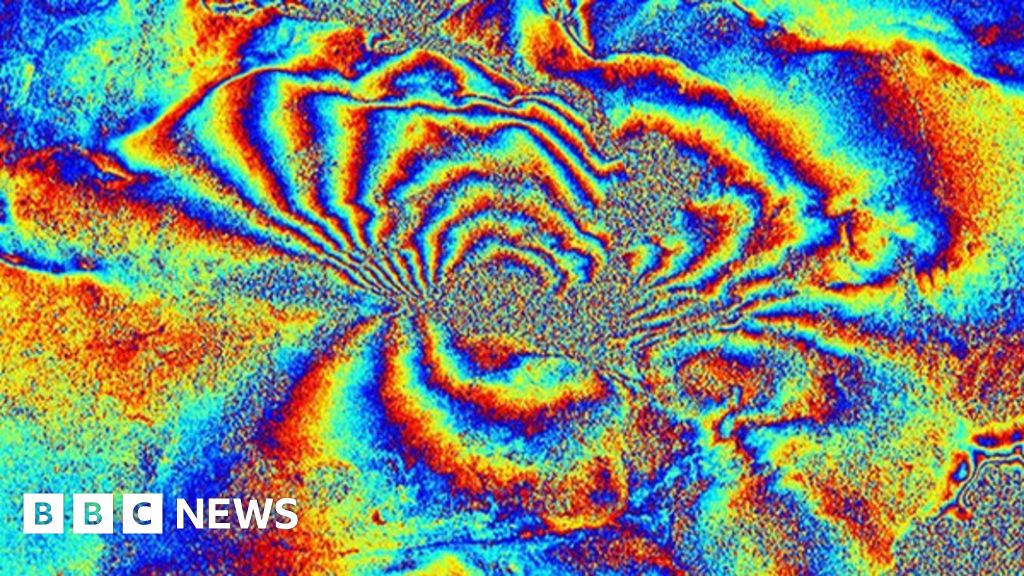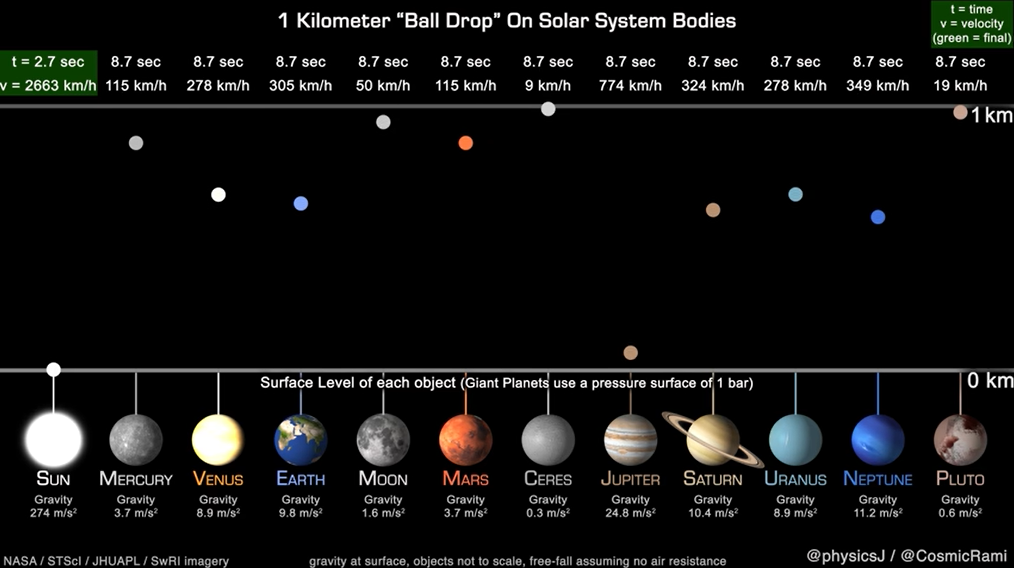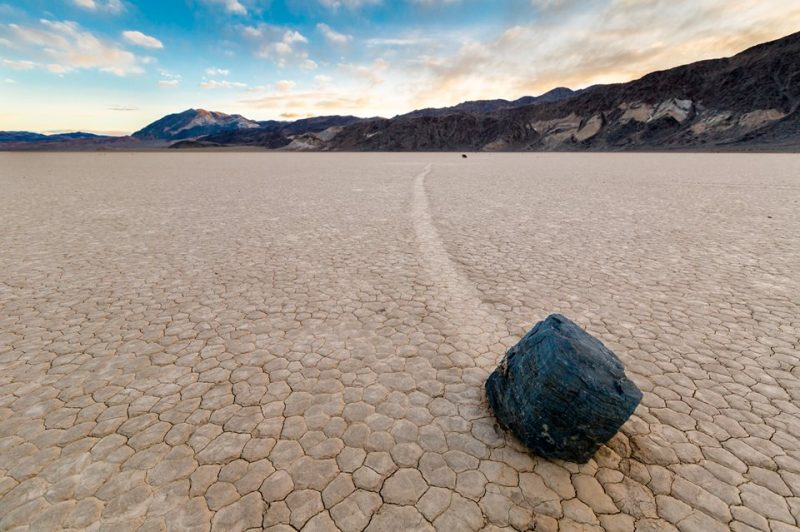
NASA’s Planetary Radar Tracks Two Large Asteroid Close Approaches
Scientists at NASA’s Jet Propulsion Laboratory in Southern California recently tracked two asteroids as they flew by our planet. One turned out to have a little moon orbiting it, while the other had been discovered only 13 days before its closest approach to Earth. There was no risk of either near-Earth object impacting our planet, but the radar observations taken during these two close approaches will provide valuable practice for planetary defense, as well as information about their sizes, orbits, rotation, surface details, and clues as to their composition and formation.Passing Earth on June 27 at a distance of 4.1 million miles (6.6 million kilometers), or about 17 times the distance between the Moon and Earth, the asteroid 2011 UL21 was discovered in 2011 by the NASA-funded Catalina Sky Survey, in Tucson, Arizona. But this is the first time it has come close enough to Earth to be imaged by radar. While the nearly mile-wide (1.5-kilometer-wide) object is classified as being potentially hazardous, calculations of its future orbits show that it won’t pose a threat to our planet for the foreseeable future.
Scientists at NASA’s Jet Propulsion Laboratory in Southern California recently tracked two asteroids as they flew by our planet. One turned out to have a little moon orbiting it, while the other had been discovered only 13 days before its closest approach to Earth. There was no risk of either near-Earth object impacting our planet, but the radar observations taken during these two close approaches will provide valuable practice for planetary defense, as well as information about their sizes, orbits, rotation, surface details, and clues as to their composition and formation.Passing Earth on June 27 at a distance of 4.1 million miles (6.6 million kilometers), or about 17 times the distance between the Moon and Earth, the asteroid 2011 UL21 was discovered in 2011 by the NASA-funded Catalina Sky Survey, in Tucson, Arizona. But this is the first time it has come close enough to Earth to be imaged by radar. While the nearly mile-wide (1.5-kilometer-wide) object is classified as being potentially hazardous, calculations of its future orbits show that it won’t pose a threat to our planet for the foreseeable future.





















